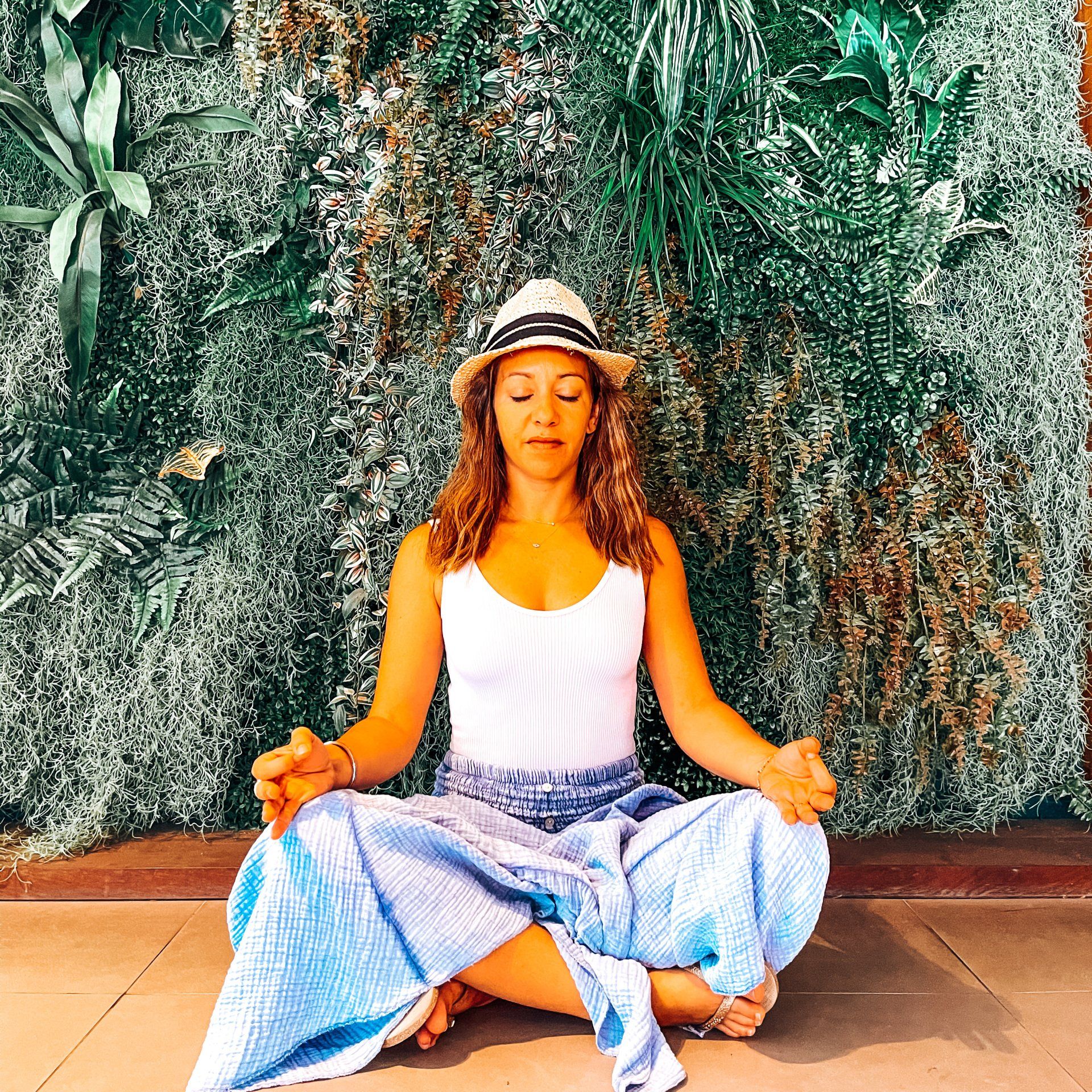🧘♀️ Design Your Perfect Yoga Class ✨
🧘♀️ Design Your Perfect Yoga Class ✨
🎯 1. Define the Intention: Your Guiding Thread
Start by setting a clear intention for your class. This intention gives direction and coherence to the whole session. It’s not just a theme — it’s the inner message you want your students to explore, feel, or embody.
Examples of intentions:
- Focus on a specific body area: hips, shoulders, spine...
- Encourage an energetic quality: grounding, openness, fluidity, vitality, focus.
- Deepen a family of postures: twists, balances, inversions...
- Explore a concept: letting go, confidence, intuition, joy...
- Work with a specific chakra or breath technique.
👉 Your intention will guide your choice of postures, transitions, pace, breath, and even the language you use during the class.
🌅 2. Gentle Awakening: Ease Into the Practice
The first phase of the class helps welcome the body as it is, softly reconnecting to breath and sensations. It creates the bridge from everyday life into the inner space of yoga.
Objectives:
- Reconnect with yourself
- Gently mobilize the joints
- Release surface tension
- Establish smooth, conscious breathing
Practice ideas:
- Slow, circular joint movements (ankles, wrists, neck, hips)
- Self-massage and tapping
- Gentle rocking, undulations, swaying
- Comfortable floor poses
- Body scan or guided breath awareness
This time of awakening also allows students to tune in, feel how they are today, and plant the inner seed for the session.
🔥 3. Warm-Up: Activate the Energy & Prepare the Body
This phase progressively increases intensity to awaken muscles, stimulate circulation, and deepen the connection between movement and breath.
Objectives:
- Warm up muscles and joints
- Boost blood circulation
- Synchronize movement and breath
- Prevent injuries
Practice ideas:
- Sun Salutations
- Standing flows and dynamic transitions
- Gentle vinyasa sequences
- Active postures with conscious breathing
Warm-ups should reflect your class intention — more focused if you're targeting specific body areas, or more general if the class is holistic.
💫 4. The Heart of the Class: Deep Practice
This is the core of your session, where your intention comes fully to life. It’s where the body and breath work in depth, and the energetic effect intensifies.
How to build this phase effectively:
- Gradual progression : Move from preparation to peak poses.
- Peak or key posture : This is the central posture your sequence builds toward.
- Fluid transitions : A smooth flow maintains energy and breath continuity.
- Balance between effort and rest : Include gentle pauses for integration.
- Posture diversity:
- Standing poses
- Twists
- Inversions
- Balances
- Forward folds
- Heart openers
- Breath integration : Breath guides and supports every posture.
- Add pranayama or mudras: Enhance the energetic and symbolic aspect.
This part is not just movement — it's the alchemical center of your class, where transformation happens.
🌙 5. Cooling Down: Transitioning Inward
After intense practice, the energy needs to settle. This phase softens the rhythm, so the body and mind can integrate the experience.
Objectives:
- Calm the nervous system
- Slow down the breath
- Prepare for relaxation
Practice ideas:
- Passive floor poses
- Gentle stretches
- Slow, conscious breathing
This part brings students gently into stillness — a precious space for inner listening and regeneration.
😴 6. Final Relaxation: Savasana
This is the sacred closure of your class. The body rests, the mind releases, and the breath flows freely. Savasana allows the session to integrate fully.
Options to guide this phase:
- Body scan
- Visualization
- Guided meditation
- Deep, nurturing silence
Support your students’ comfort with props: bolsters, blankets, cushions. Savasana is not a passive end — it’s a space for deep embodiment and renewal.
💛 7. Closing the Practice: Returning to Presence
Gently bring your students back to the present moment, preserving the calm and clarity cultivated on the mat.
Suggestions:
- Small movements
- Seated silence
- Closing mantra
- Inspirational quote
- Gratitude and heartfelt thanks
This final moment seals the practice in the heart and carries its energy into daily life.
📋 Bonus: Build Your Own Yoga Class Template
Create your personal class design structure:
- Your intention
- Key postures
- Class rhythm
- Breathing techniques
- Props and supports
- Meditation or quote
Every class becomes a unique creation, aligned with your energy and teaching vision 🌟
✨ How do you design your yoga sessions? Share your thoughts, your inspiration, or your favorite sequencing tips — I’d love to hear from you! 💬
Namasté 🪷






